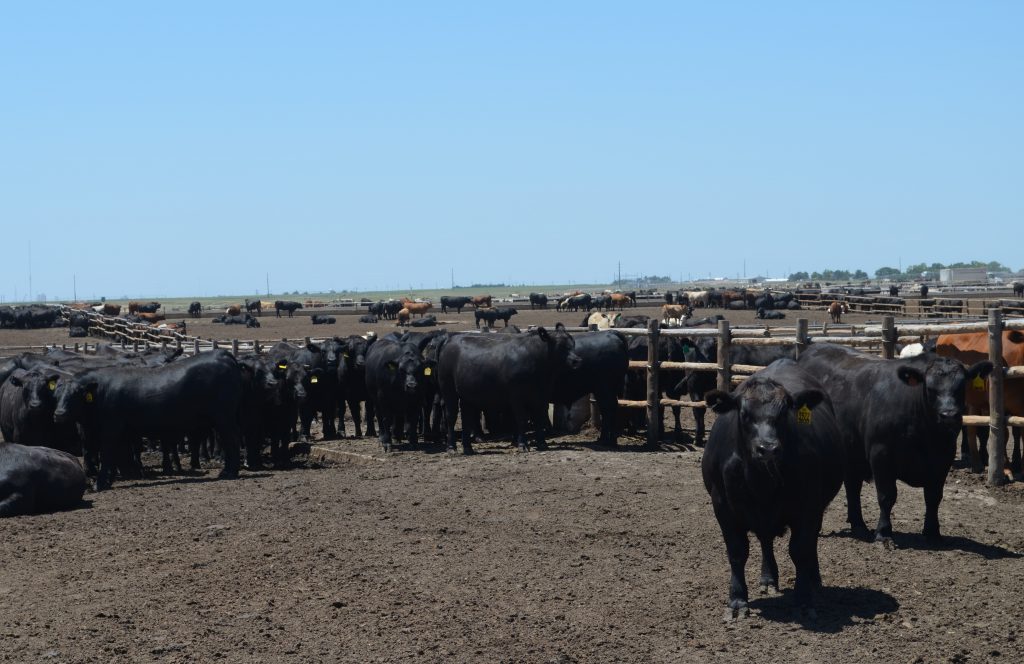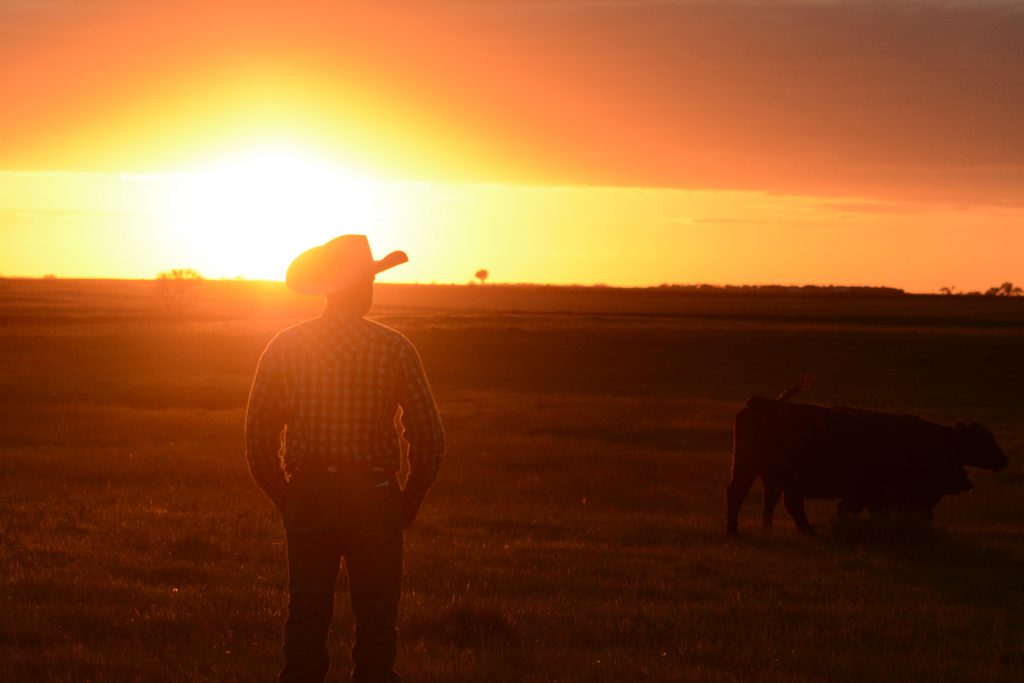Following the Calves: The data is in! The data is in!
Cattle feeder Mark Sebranek was giving me a wrap-up on the Hadrick calves, the ones we’ve been following from Faulkton, S.D. to the Garden City, Kan., yard since December.
I hung up the phone and smiled when I read this Facebook status update from Troy: “It’s like Christmas morning every time you get carcass data back on your calves. The last load went 46% Prime, 83% CAB or better and 100% Choice. That made for a nice little grid premium.”
I guess Mark, 20-year manager at Irsik and Doll Feed Yard, has the rancher pegged. They have been working together several years. The relationship, coupled with background on the animals, offers the feeder some flexibility.
“Knowing the cattle gives me the opportunity to play the market,” Mark says, noting some cattle went to harvest early to get ahead of a price slide. The first sort left in June when the market was in the $130s, and the last of three groups went August 8th when it was down to $116/cwt.
“He held on to a pretty good average at $127,” says the feeder. “It’s sort of like its own risk management.”
He also tried a new grid with one sort. “I could do that because I know the consistency of the cattle.”
The steers gained 3.8 pounds (lb.) per day in 185 days on feed, requiring just 5.7 lb. of feed per lb. of gain. That was even after going through a 17-inch late April snowstorm that took the cattle off feed.
“Once you lose that weight, you never get it back,” Mark says.
Together, all three sorts made 83% CAB, with 35% CAB brand Prime, for an average grid premium just shy of $100/head.
“You want to see them do well,” Mark says, admitting he’s almost as excited as his customers to get the data in hand.
Almost, I say, only because it would be difficult to match Troy’s enthusiasm. Within hours of getting the harvest sheets, the producer had given it his first round of analysis.
“I don’t think there’s anybody who goes through it as detailed as Troy does,” Mark says. “When they have the passion, it drives me to have the passion also.”
Open heifers are already on feed in Kansas and those early-weaned calves are headed there any day.
“We’ve accomplished a lot in the last couple years, and it’s something we’re really proud of,” Troy says, “but we’re not done yet.”
Heck, I’m even excited for next year’s data.
May your bottom line be filled with black ink,
Miranda
PS– You can catch Troy’s story from the beginning by going back to the first post on these calves in December:
When plan B scores an A+When the Plan B scores an A+
When Mother Nature doesn’t care
Or follow along as we’ve been “Following the calves” in Montana, too.
You may also like
You, Your Cows and Their Feed
Expert guidance from Dusty Abney at Cargill Animal Nutrition shares essential strategies for optimizing cattle nutrition during droughts, leading to healthier herds and increased profitability in challenging conditions.
Marketing Feeder Cattle: Begin with the End in Mind
Understanding what constitutes value takes an understanding of beef quality and yield thresholds that result in premiums and/or discounts. Generally, packers look for cattle that will garner a high quality grade and have excellent red meat yield, but realistically very few do both exceptionally well.
Magnum Feedyard Earns Certified Angus Beef Award
While Magnum hasn’t always had pens filled with Angus-influenced cattle, they’ve invested in infrastructure, improved quality-based marketing and sought better genetics. Their dedication to detail and employee appreciation drive their success to high-quality beef production.






